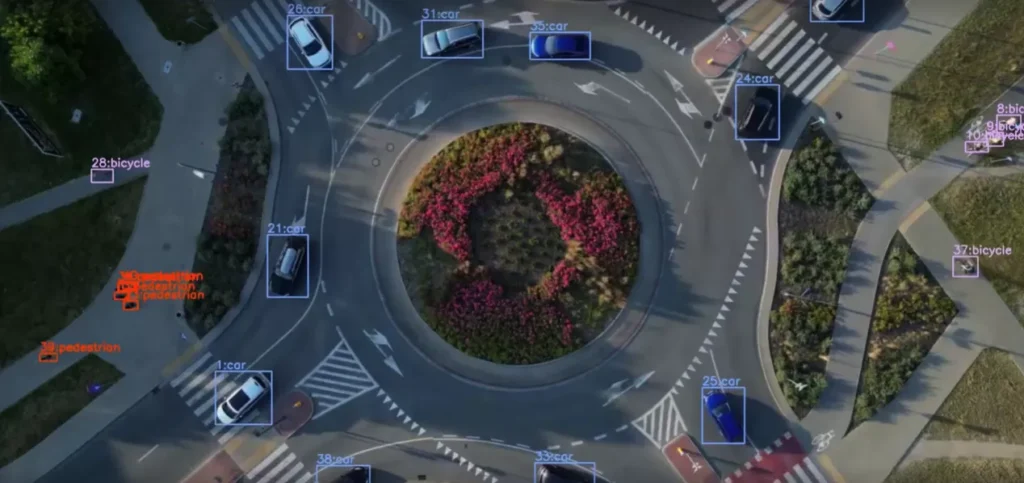
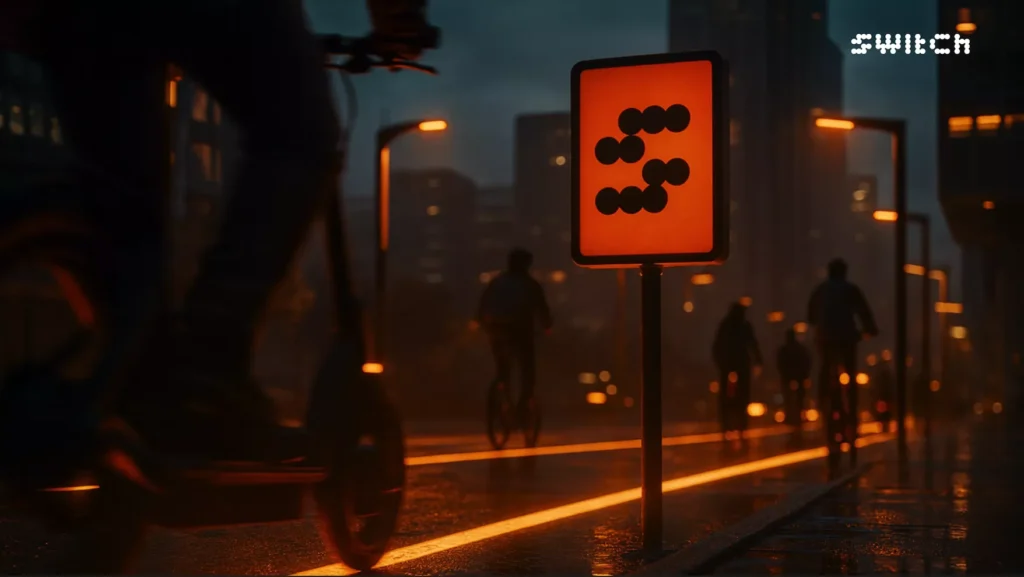

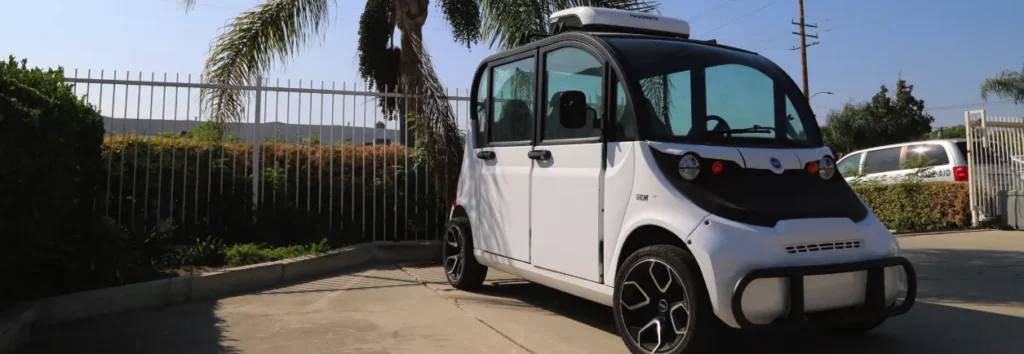
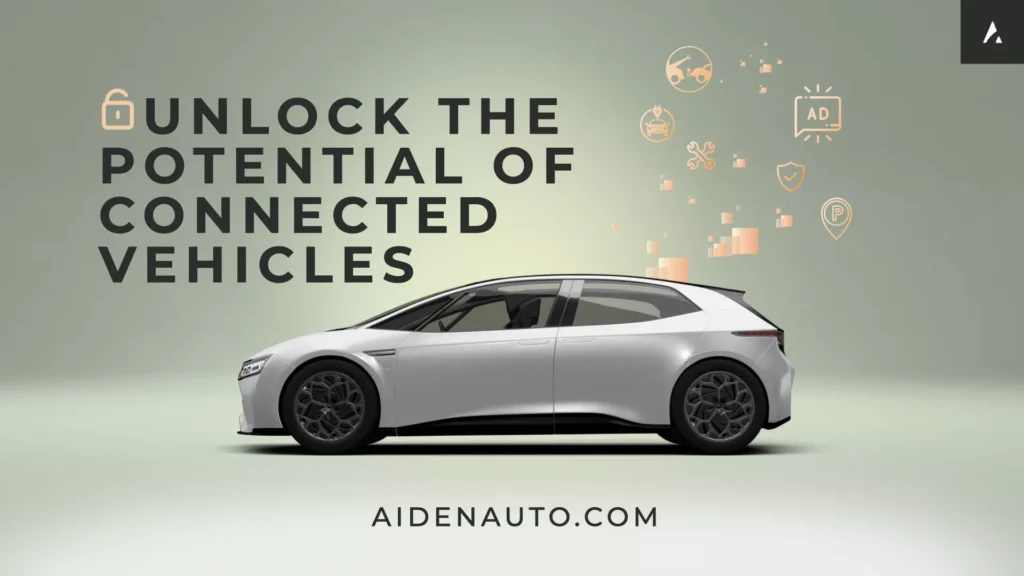





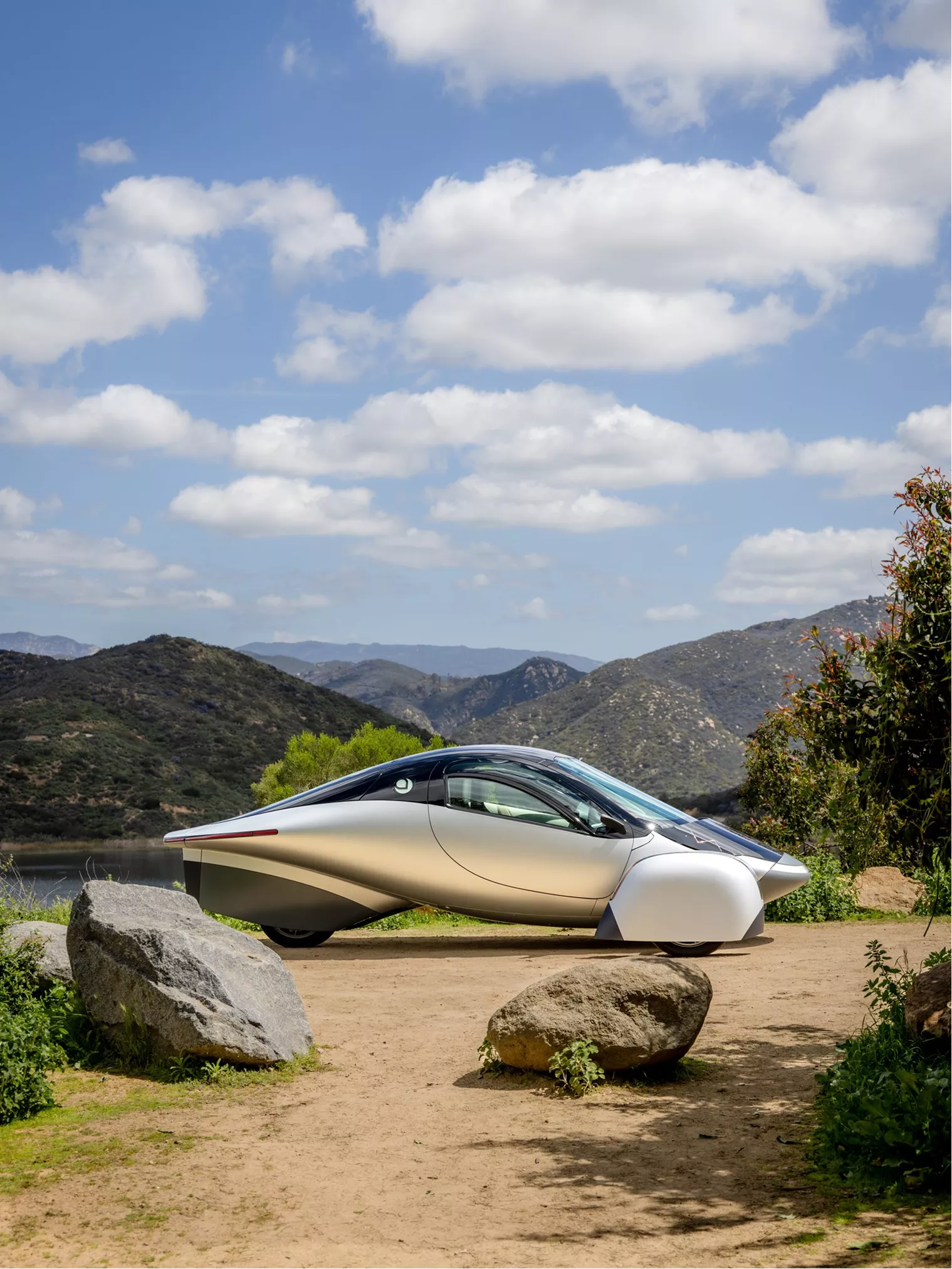
From EVs and batteries to autonomous vehicles and urban transport, we cover what actually matters. Delivered to your inbox weekly.

Chula Vista has passed a new micromobility ordinance that puts clear limits on where and how electric bikes and scooters can be used. The rules will go into effect in August 2025 and are aimed at improving safety and managing the rapid growth of e-mobility in public spaces.
The ordinance bans all Class 3 electric bikes and scooters—which can reach speeds of 28 mph—from being ridden on sidewalks anywhere in the city. Riders of any e-bike type are also banned from operating on roads where the posted speed limit is over 40 mph. These restrictions target business districts and high-speed traffic zones, where conflicts between riders, vehicles, and pedestrians have become more common.
To reduce risk among young riders, the city now prohibits anyone under 12 from using any e-bike. Riders under 18 will be required to wear helmets, regardless of bike class. This move brings local rules closer to statewide efforts aimed at youth safety on micromobility platforms.
Chula Vista will begin with a 60-day grace period once the rules take effect. During that window, the city will focus on educating the public before issuing tickets or fines.
Chula Vista joins a growing list of California cities tightening control on e-mobility to address injuries, crowding, and traffic conflicts. While the rules stop short of banning dockless sharing programs or specific business models, they send a clear signal: cities are moving from trial phases to enforcement frameworks.
Other jurisdictions in the San Diego metro area are watching closely. As cities scale up bike and scooter adoption, rules like these are likely to shape how operators plan deployments and how infrastructure is prioritized for shared mobility.
“`